
views
Understanding Your Entitlement to Leave under the Family & Medical Leave Act

Determine your eligibility under the Family & Medical Leave Act (FMLA). The FMLA is a program mandated by federal law that provides eligible employees with up to 12 weeks of job-protected unpaid leave under certain circumstances. The FMLA allows employees to take leave due to pregnancy, childbirth, and/or the addition of a new child to their families. Employees must meet certain requirements in order to be eligible for leave under the FMLA, as follows: Employees must have worked for their employers for the last 12 months. Employees must have worked at least 1,250 hours in the period year to the date on which they need to begin taking leave. Employees must work at a worksite with at least 50 employees. If the employer has less than 50 employees, it still must offer FMLA leave if it has at least 50 employees within a 75-mile radius of the workplace. In many states, employers can require employees to use their accrued paid vacation and sick leave during their FMLA leave.

Give your employer written notice of your need to take leave under the FMLA. Typically, you must give your employer 30 days of your intent to take leave under the FMLA. However, if an emergency or other circumstances occur that prevent you from giving 30 days notice, you must give your employer written notice of your need to take leave as quickly as possible. Your written notice should specify that FMLA may cover your requested leave. You also need to give your employer a description of the condition that you believe entitles you to FMLA coverage. Once you have given notice of FMLA leave, your employer must make a determination as to whether you are entitled to FMLA leave within five days. Your employer must also provide you with information about your rights and responsibilities under the FMLA.
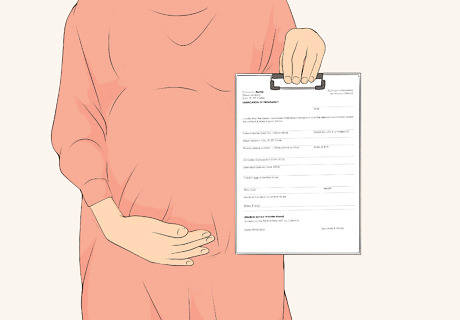
Provide your employer with any requested medical certification. You must provide your employer with medical certification from your health-care provider, if requested, within 15 calendar days of the request. The certification must provide a complete and thorough description of the condition on which your leave request is based.
Determining Whether You Are Entitled to Leave Under a State Leave Program
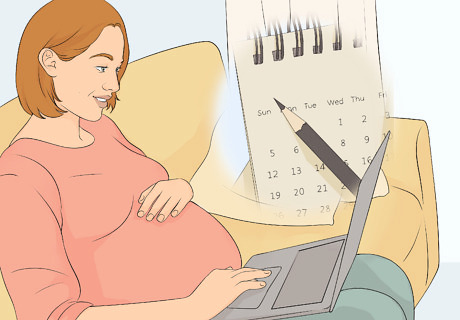
Find out whether your state has an unpaid leave program. Some states, like California, offer job-protected unpaid leave programs that are identical or similar to the FMLA. However, some of these programs go beyond the FMLA. Some programs, for example, might offer unpaid leave to employees who otherwise would be ineligible for leave due to the size of their employees. Contact your state labor office for information about state leave programs. Since these programs vary from one state to the next, and may differ substantially from the FMLA, you will need to get specific information about whether you are entitled to leave under your state's program. You can find a list of state labor offices here. Check with your employer to see what it requires for you to take leave under your state's program. Similar to the FMLA, your employer is likely to require you to give written notice of your intent to take leave, a description of the condition that is requiring you to take leave, and the date on which you expect your leave to begin and end. Your employer also may require you to provide medical certification.
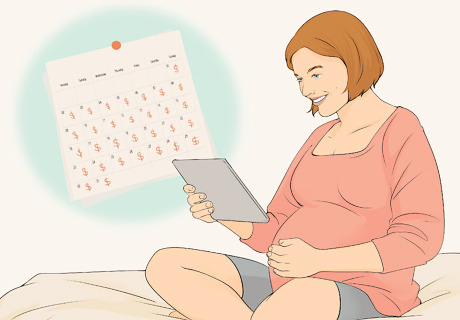
Determine whether your state has a pregnancy-related disability program. In some states, including California, Hawaii, New Jersey, Rhode Island, and Puerto Rico, individuals are entitled to unpaid short-term disability leave based on their pregnancy. While the eligibility requirements for these programs may vary, one common requirement is that an individual must actually be disabled due to pregnancy, childbirth, or other related conditions. You can find information about each state's program by clicking on the relevant state's name. The duration of leave under a state short-term disability program varies widely. For instance, California law provides up to four months of leave, whereas Hawaii only provides a “reasonable” amount of leave time. The requirements to apply for leave under this type of state short-term disability program vary, as well. Typically, you must notify your employer, preferably in writing, of your intent to take leave under the program. You also need to advise your employer of the expected time and duration of your leave. Notice should be given at least 30 days in advance, or, if that is not possible, as quickly as possible.

Discover whether your state offers a paid family leave program. Only four states offer paid maternity leave to employees. If you live in California, New Jersey, Rhode Island, or Washington, you may be entitled to paid leave to care for a new child or a pregnancy-related disability. Eligibility requirements for these state programs will vary. Generally, you need to be caring for a new child or unable to work due a disability stemming from your pregnancy. The duration of leave under such a program usually last four to six weeks to care for a new child, and 26 to 52 weeks if you have a pregnancy-related disability. In order to apply for this type of leave, you generally must file a claim with the state agency that administers the program. You can find more information about these programs by clicking on the state in which you live: [California], [New Jersey], [Rhode Island], or [Washington].
Confirming Whether Your Employer Offers Maternity Leave Benefits

Contact your employer's human resources department for information about any maternity leave benefits that it offers. You can also look in your employee handbook for information about your employer's policies. If your employer offers paid personal or medical leave to other employees, it also must offer leave to pregnant employees or employees who have become new parents.
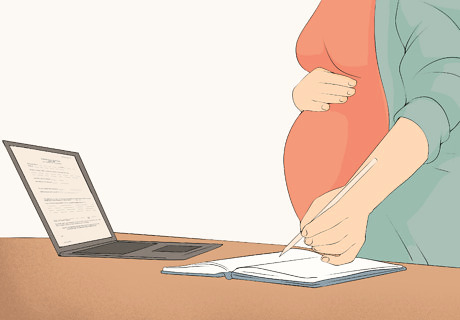
Determine how much leave time you are entitled to under your company's policy. Some companies offer extensive paid maternity leave to their employees. Other companies allow employees to use their paid vacation and sick days for maternity leave. It is common for employees to combine employer-provided paid leave programs with federal or state government unpaid leave program to meet their maternity leave needs.

Look to your collective bargaining agreement for a family leave provision, if available. If you work in an unionized workplace, there is a collective bargaining agreement that governs the relationship between employees and their employer. Contact your union representative to learn more about your rights under any applicable collective bargaining agreement.












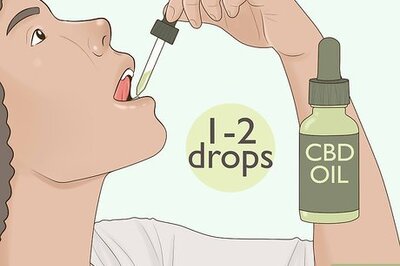
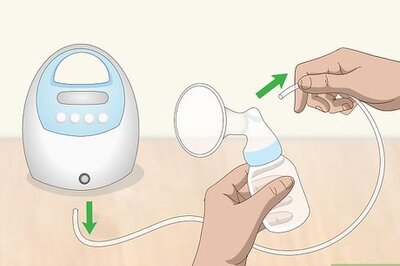
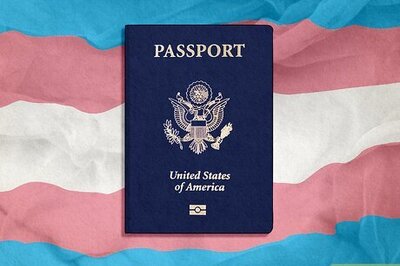




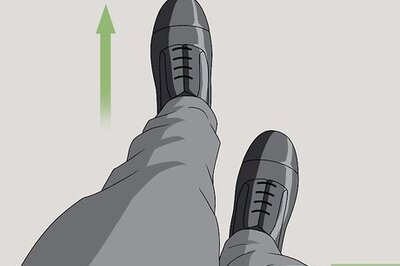
Comments
0 comment